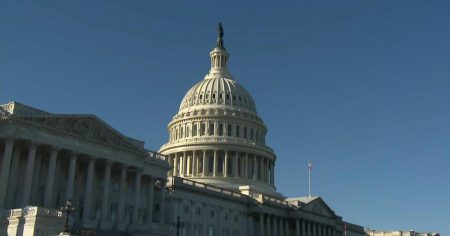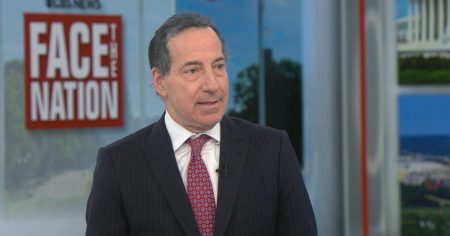Breaking Down the Judicial Branch’s Role in Curbing Executive Power
The balance of power in the U.S. government is a cornerstone of its democracy, with each branch—executive, legislative, and judicial—serving as a check on the others. While this system of checks and balances has been in place for centuries, recent events have brought the judicial branch’s role in curbing executive power into sharp focus. Presidents and the judicial branch have long had points of contention, but the Trump administration has been particularly notable for the vigor with which it has asserted executive authority. This dynamic raises important questions about the limits of presidential power and the judiciary’s role in ensuring that those limits are respected.
The Historical Context of Executive Power and Judicial Oversights
The relationship between the executive branch and the judiciary has always been complex. Presidents have often sought to expand their authority, particularly in times of crisis, while the courts have historically played a crucial role in reigning in overreach. From President Franklin D. Roosevelt’s New Deal initiatives to President Richard Nixon’s Watergate scandal, the judiciary has consistently been a bulwark against unchecked executive power. However, the Trump administration has taken a different approach, openly challenging the authority of the judiciary and questioning its independence. This has led to a series of high-profile legal battles that have tested the boundaries of executive power.
The Trump Administration’s Assertive Approach to Executive Power
President Trump and his team have been aggressive in asserting the scope of executive authority, often pushing the limits of what has been considered acceptable in the past. This has included everything from the implementation of controversial policies, such as the travel ban targeting predominantly Muslim countries, to efforts to shield the president’s personal and financial information from scrutiny. The administration has also been vocal in its criticism of the judiciary, with President Trump frequently attacking judges and the courts on social media and in public statements. This approach has raised concerns about the erosion of the rule of law and the potential for abuse of power.
The Judiciary’s Role in Checking Executive Overreach
Despite these challenges, the judiciary has continued to fulfill its constitutional role as a check on executive power. Courts have repeatedly ruled against the Trump administration on issues ranging from immigration policy to the inclusion of a citizenship question on the census. These decisions have not only limited the administration’s ability to implement its agenda but have also sent a clear message about the limits of executive authority. Judges have also pushed back against the administration’s attempts to withhold information from Congress and the public, reinforcing the principle of transparency and accountability in government.
The Broader Implications for Democracy and the Rule of Law
The ongoing tug-of-war between the executive branch and the judiciary has significant implications for the health of American democracy. While the judiciary has shown resilience in the face of executive overreach, the constant attacks on its legitimacy could have a corrosive effect over time. Public confidence in the courts is essential to the functioning of the rule of law, and if that confidence is undermined, it could have far-reaching consequences for the stability of the political system. At the same time, the judiciary’s willingness to stand up to the executive branch sends an important message about the enduring strength of the Constitution and the system of checks and balances.
Conclusion: The Judiciary as a Guardian of Constitutional Balance
In summary, the judicial branch plays a vital role in curbing executive power and ensuring that the president and their administration operate within the bounds of the Constitution. While the Trump administration’s assertive approach to executive authority has presented new challenges, the judiciary has demonstrated its commitment to upholding the rule of law and protecting the principles of democracy. As the relationship between the executive and judicial branches continues to evolve, the courts will remain a critical check on presidential power, ensuring that no single branch of government becomes too powerful. In doing so, they will help preserve the delicate balance that has long been a hallmark of American governance.












